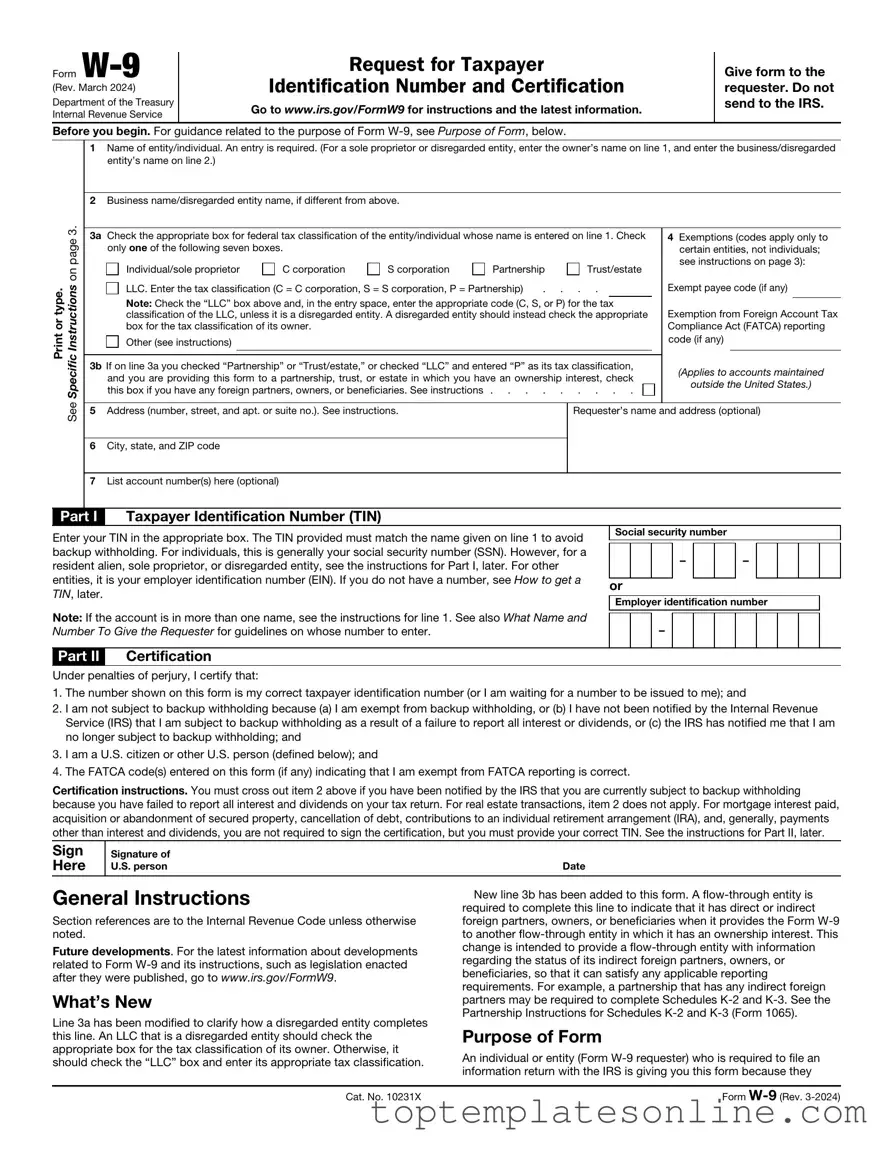The IRS W-9 form plays a crucial role in the world of taxation, serving as a vital tool for individuals and businesses alike. This form is primarily used to provide your taxpayer identification number (TIN) to entities that are required to report certain types of payments to the IRS. Whether you're a freelancer receiving income from a client, a contractor working on a project, or a business entity needing to report payments, the W-9 helps ensure that the correct information is shared. By filling out this form, you not only confirm your identity but also indicate your tax classification, which can include options like individual, corporation, or partnership. Additionally, the W-9 is essential for anyone who may earn interest, dividends, or other income that requires reporting. Understanding the nuances of this form can streamline your tax reporting process and prevent potential complications down the line.
